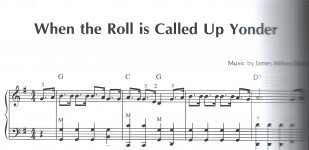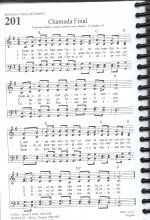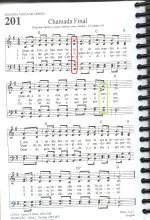FireSpirit
Member
Hello guys!
I am learning to play only one note of the melody (In Brazil, I am used to saying "soprano"). In a sheet with only the soprano, how can I find the second voice (contralto)? I wanted to learn to play this song in this image below, but there is only the "soprano" and I would like to play the song with more notes than even this video below.
I apologize for the terms, I have no idea what the "second note" in English is called.
I am learning to play only one note of the melody (In Brazil, I am used to saying "soprano"). In a sheet with only the soprano, how can I find the second voice (contralto)? I wanted to learn to play this song in this image below, but there is only the "soprano" and I would like to play the song with more notes than even this video below.
I apologize for the terms, I have no idea what the "second note" in English is called.



